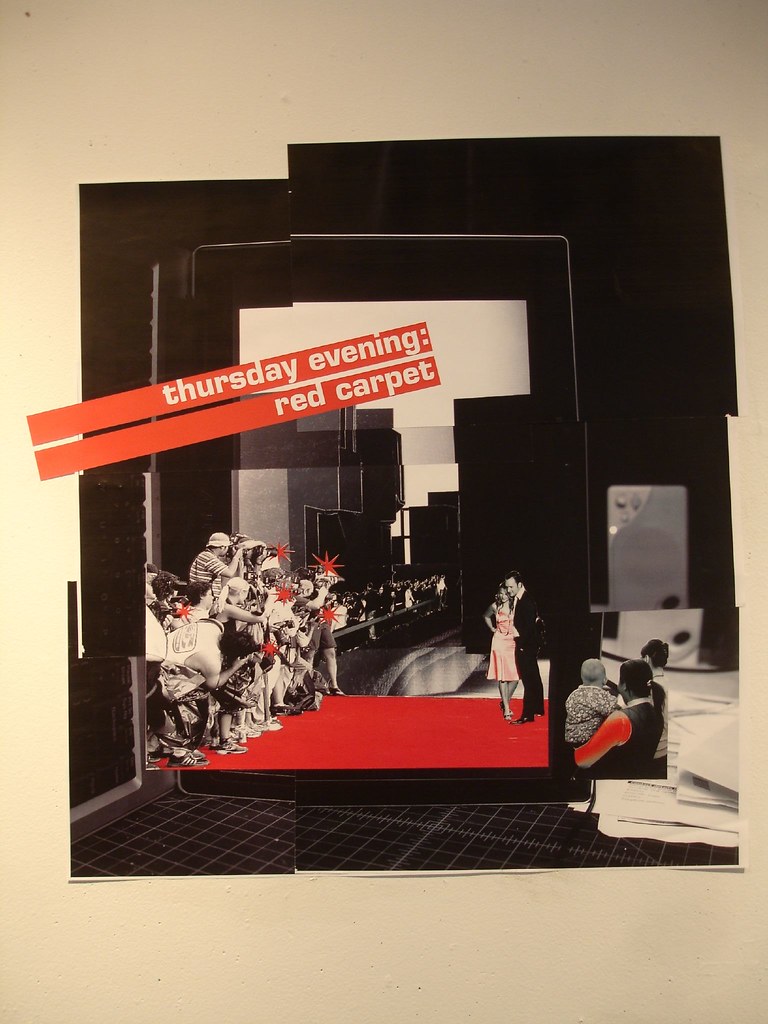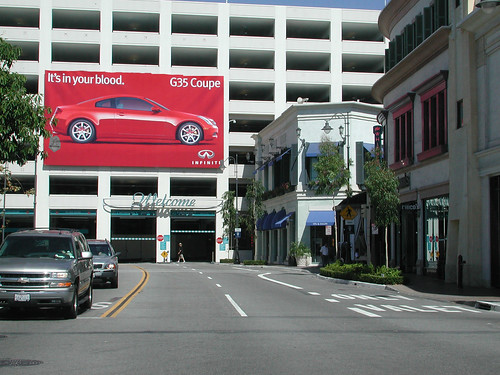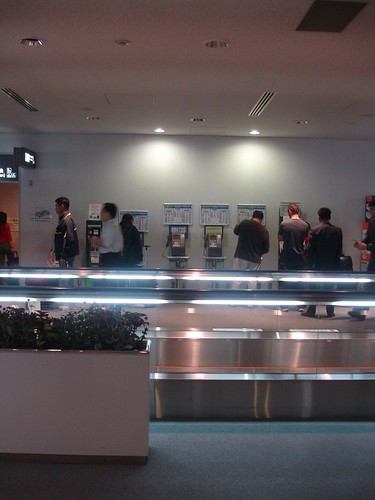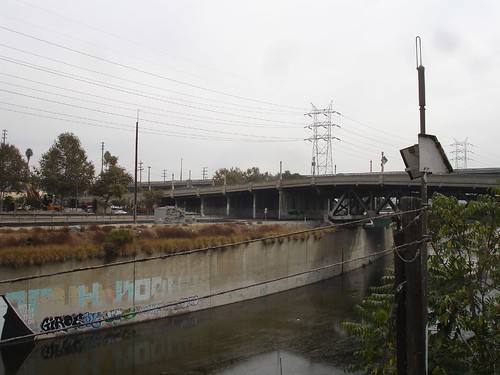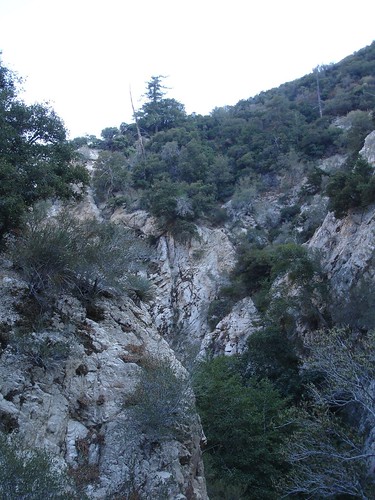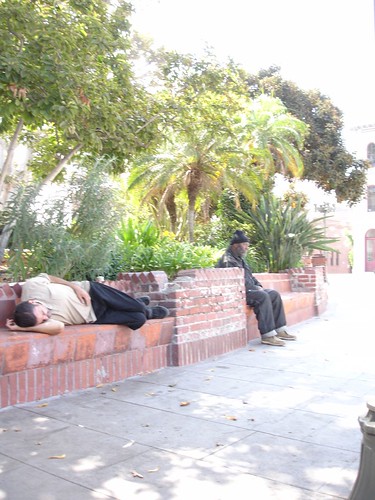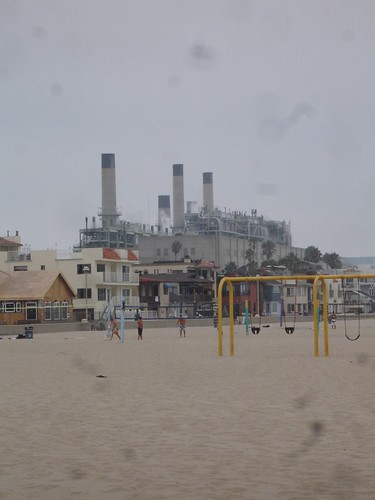With the arrival of the internet, of low-cost cariers and of global terrorism, the concept of distance has finally disappeared. What remains is a unified plane where everything is at the same place at the same time. Together with speed, gravity is disappearing as well. When Burt Rutan managed to launch a spaceship into the outer layers of the atmosphere, he defied the more classic ruleset of governments and countries defining the boundaries of space. He overcame gravity.
If we combine these two factors of transformation, we arrive at a crossroad in space and time Paul Virilio has been fascinated by for a long time. Since gravity is no longer anything more than a constant, only keeping us from floating away from the earth’s surface, we must redefine our own relationship with gravity and its messenger, the ground’s plane.
For long and oft architecture has been a tool to characterize places and spaces, to identify them and to give them value. Those values were often solely based on the opinion of the instigator of the architecture, less than on that of the creator of the architecture, the architect. Adolf Hitler wanted to create his vision of the world, not only by conquering and oppressing almost the entire European peninsula, but also by building a capital city, Germania, bigger and bolder than ever encountered by mankind before. The grotesque collection of buildings along the two axis of the plan not only defined space, they defined distance as well. To cross the north-south axis would mean to cross more than 300 feet of boulevards, trees and gardens. To walk from the southend to the northend of this axis would mean to cover a distance of more than four miles. More than that the spaces defined the extremes of this plan, it were the distances that were really the instrument of power, the tool to make a visitor feel small and irrelevant.
Commonday society is no longer based on distance or gravity. It has become nothing more than a variable in the bigger field of vehicular vectors, of speed. Virilio’s habitable circulation eagerly anticipated this move. It negates both distance and gravity by creating a continuous plane of movement, habitation and place. There is no distance anymore, since you already find yourself in the plane of destination.
Military technology, Virilio states, has made the distinction between object and distance, between vehicle and projectile disappear. The distinction has been replaced by a uniform entity or quality, the vector. In architecture, as well as in the field of military operations, vectors need a point of origin; they simply cannot appear out of nowhere. The cruise missile still needs a launch platform to begin its devastating crusade against the enemy, as much as architecture still needs the ground plane to reach for the stars. A student in Delft once designed a house, floating in the air, only kept upright by a single line, extending from a crane located on the balcony of that same house. Architecture as its own legislator and judge.
Structures of spatial repression and segregation in an age without distance are archaic in their ideology and yet crushingly modern in their effect. Like the wall around the West Bank, designed to keep Palestine terrorists from entering Israel, does not only redefine circulation in a spatial matter, it also redefines circulation on a social level. This wall is not only a barrier to counter the speed of terrorist intrusion, it is also a barrier to slow down the development of Palestine society. Like a self fulfilling prophecy, it is creating its own reason for existence.
In a city as Los Angeles, distance has already disappeared. It has been replaced by continuous place. You don’t have to leave the city to go anywhere. Anaheim is Santa Monica is San Fernando. This disappearance of distance and unification of place has primarily been caused by the automobile. Its ability to cover a considerable amount of distance in a short time allowed the cities to expand beyond classic boundaries, imposed by the man on feet. Compare the Los Angeles basin with the ‘Randstad’ in the Netherlands, and you will find two different metropolitan areas. Whereas in Los Angeles, distance has been gone completely, in the Randstad there still is a notion of it. One still has the feeling he is covering a certain distance traveling from, say, Rotterdam to Amsterdam, most notably because of the difference in backdrops one encounters during the travel. By obliterating difference and distance in the city, one automatically loses the ‘feeling’ for a city.
Manuel Delanda once said, “difference is the fuel of evolution”. Perhaps distance is the fuel of the city.

